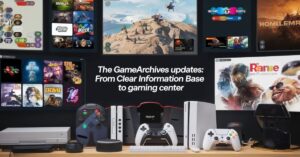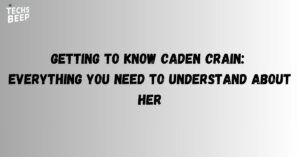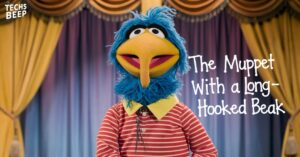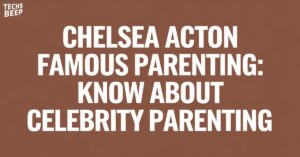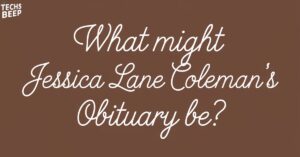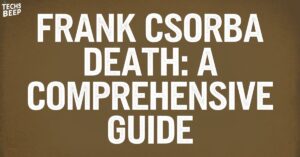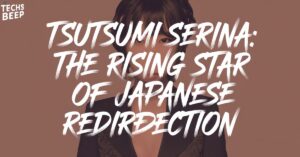Minecraft, a sandbox video game, allows players to build, explore, and survive in a blocky, pixelated world. Game icons represent in-game items, blocks, and entities, while banners offer players a way to create unique symbols and designs.
Imagine crafting a banner that signifies your faction’s dominance or easily identifying valuable ores through intuitive icons. These elements transform Minecraft from a mere game into a vibrant, personalized experience.
From simple patterns to complex images, game icons and banners are essential in enhancing gameplay and fostering community interactions. Let’s delve into their design and impact on the Minecraft universe.
History of Minecraft’s Visual Elements
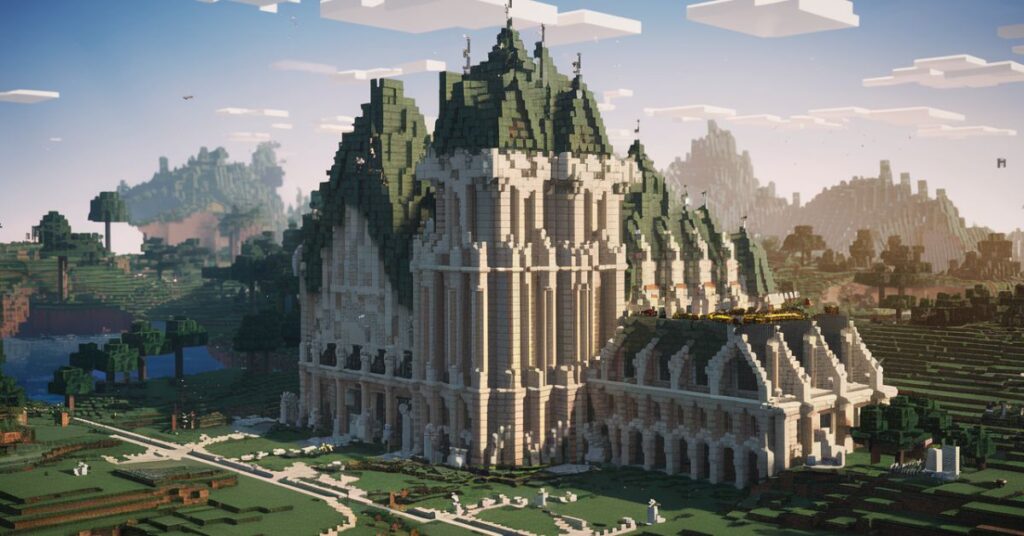
Since its release in 2009, Minecraft has maintained its iconic pixelated visual style, which has become a hallmark of the game.
Initially developed by Markus “Notch” Persson, the game’s simple graphics were a necessity due to technical limitations, but they quickly became a beloved aspect of its charm.
As Minecraft evolved, its visual elements have undergone numerous updates and expansions. These updates introduced new biomes, blocks, and entities, each designed to fit seamlessly into the existing pixelated aesthetic.,
Despite these additions, the core visual style has remained consistent, preserving the game’s unique identity. The game’s visual evolution has also included improvements in lighting, textures, and animations.
These enhancements have added depth and complexity to the game world without compromising the fundamental simplicity that players love. Minecraft’s visuals have thus successfully balanced innovation with tradition, contributing to its enduring popularity.
What Are Minecraft Game Icons?
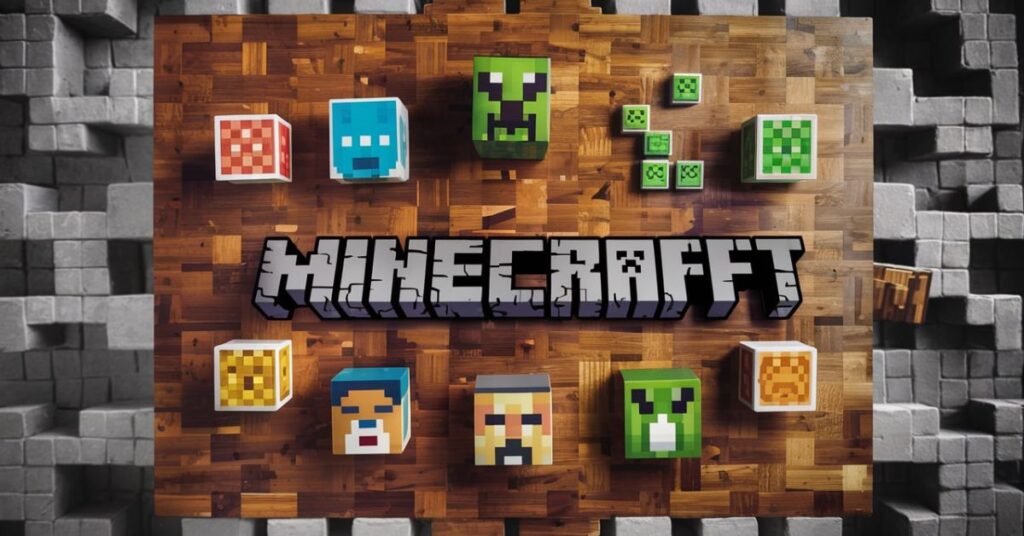
Minecraft game icons are visual representations of various in-game elements that players interact with. These icons help players quickly identify and manage blocks, items, entities, and user interface elements within the game.
Block Icons
Block icons represent the different building blocks available in Minecraft, such as stone, wood, and ores. These icons allow players to easily distinguish between the many types of materials they can use for construction and crafting.
Item Icons
Item icons depict tools, weapons, food, and other collectible or craftable items. They play a crucial role in inventory management, enabling players to quickly identify and select the items they need.
Entity Icons
Entity icons represent the various creatures and mobs in Minecraft, including both hostile mobs like zombies and passive mobs like cows. These icons help players recognize and react to the different entities they encounter in the game world.
GUI Icons
GUI icons are used within the game’s user interface to represent actions, settings, and other menu options. They provide intuitive visual cues that help players navigate the game’s interface and access various features and commands.
Read this Blog: Geekzilla.tech Honor Magic 5 Pro
Designing Minecraft Game Icons
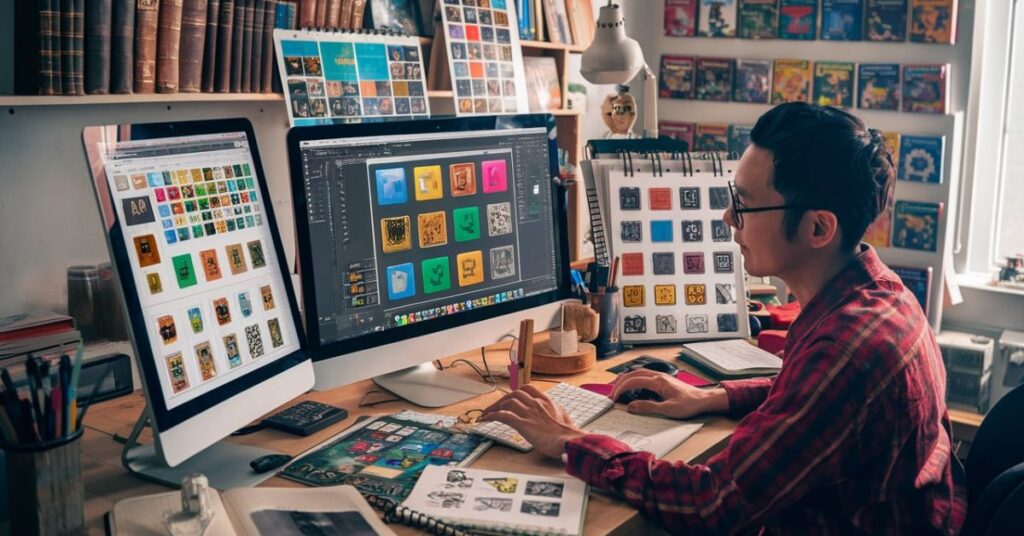
Designing Minecraft game icons requires a balance of simplicity, recognizability, and adherence to the game’s iconic visual style. These elements ensure that icons are both functional and visually appealing within the game world.
Embrace Pixel Art Style
The pixel art style is a defining characteristic of Minecraft, giving it a nostalgic and timeless appeal. Designers should fully embrace this style to create icons that blend seamlessly with the game’s existing graphics.
Use Distinct Colors and Shapes
Using distinct colors and shapes is essential for making each icon easily recognizable at a glance. High contrast and unique forms ensure that icons stand out and can be quickly identified by players.
Consider Scale and Detail
Icons should be detailed enough to be recognizable but simple enough to remain clear at smaller scales. Striking this balance is crucial as icons are often viewed in various sizes within the game’s interface.
Maintain Consistency
Maintaining a consistent design language across all icons ensures a cohesive visual experience.. This consistency helps players quickly understand and navigate the game’s interface, enhancing overall usability and immersion.
Popular Minecraft Game Icons and Their Influence
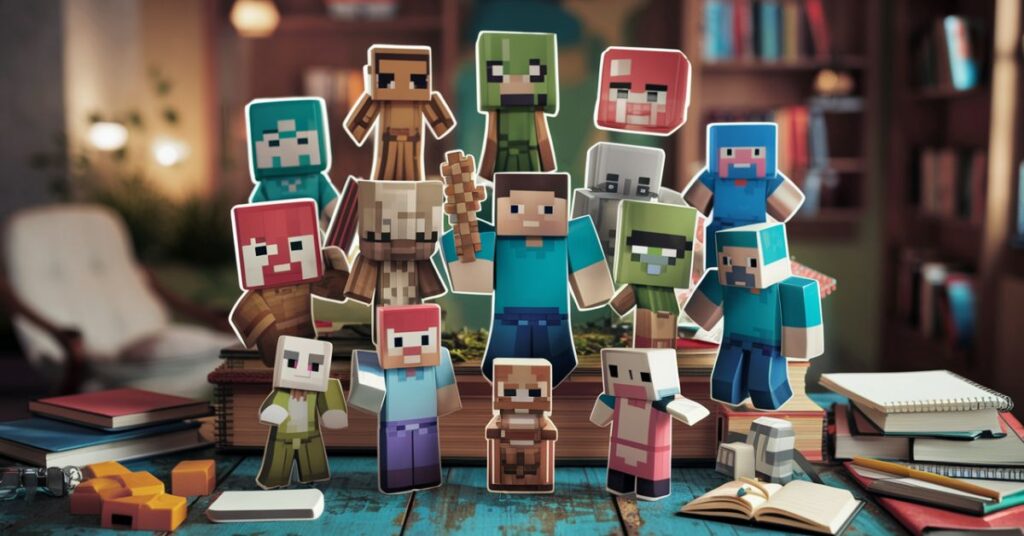
Icons like Steve and Alex, the default player characters, are central to Minecraft’s identity. These characters are instantly recognizable and have become synonymous with the game itself.
Their simple yet iconic designs have made them favorites among players, appearing in fan art, merchandise, and even mainstream media.The Creeper, with its distinct green color and explosive nature, is perhaps the most iconic mob in Minecraft.
Its unique design and behavior have spawned countless memes, artworks, and merchandise. The Creeper has transcended the game, becoming a symbol of Minecraft’s playful danger and unpredictability.
Enderman, with its tall, dark figure and teleportation ability, adds an element of mystery and intrigue to the game. The Enderman’s distinctive appearance and eerie behavior have captivated players, leading to a significant presence in Minecraft lore and fan creations.
These popular icons have contributed to a shared cultural experience among Minecraft players worldwide.
Crafting and Customization Of Minecraft Banners
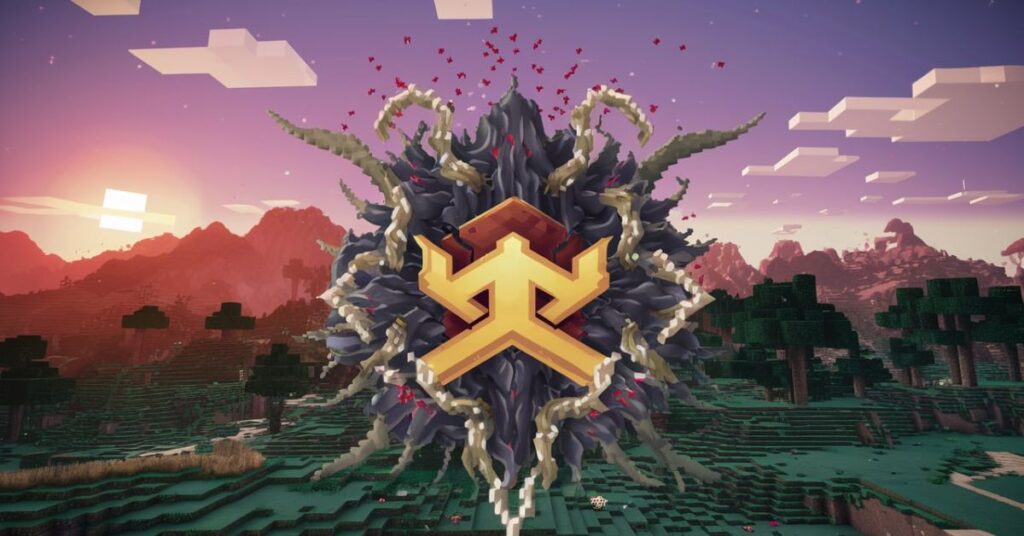
Crafting banners in Minecraft involves combining materials like wool and sticks at a crafting table. Players can then use dyes to add various colors and patterns, creating unique designs that reflect their personal style.
This process allows for a high level of customization, giving players the freedom to design banners that suit their needs and preferences.The customization options for banners are extensive, with a wide range of patterns and colors available.
Players can layer multiple designs on a single banner, resulting in intricate and detailed creations. This versatility makes banners a popular feature for expressing creativity and marking territories within the game.
Crafting Process
Players use materials and dyes to create banners, allowing for a high level of customization. Players combine wool and sticks at a crafting table to create a basic banner. They then use dyes to add colors and patterns, allowing for extensive customization and creativity.
Tips for Creating Minecraft Banners
- Experiment with Layering
- Utilize Color Theory
- Incorporate Symbolism
- Think About Composition
Creating Minecraft banners involves a creative process where players personalize their in-game identity and express creativity by experimenting with patterns, utilizing color theory to enhance visual impact, incorporating meaningful symbolism, and focusing on balanced composition for aesthetic appeal in the game world.
The Role of Game Icons in Enhancing Gameplay
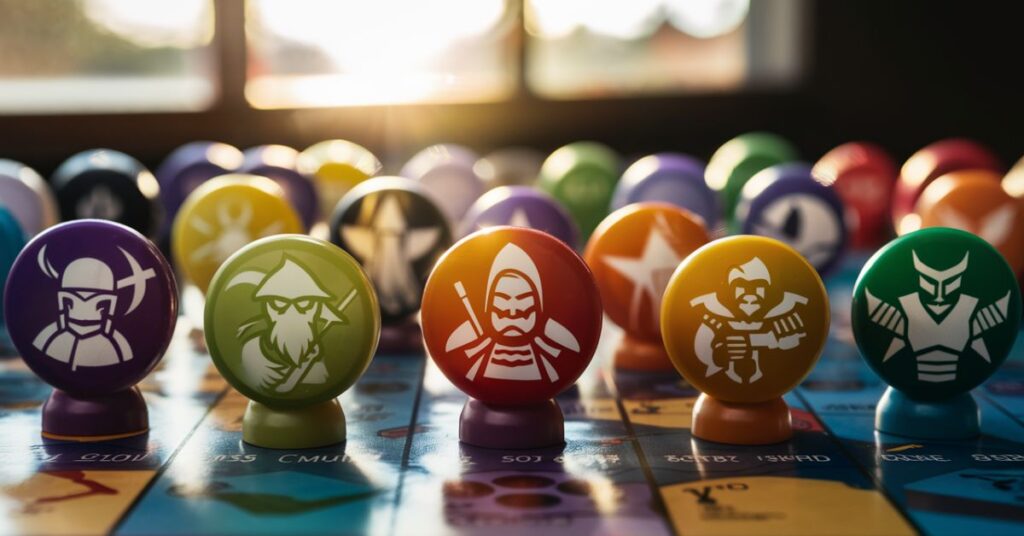
Game icons in Minecraft play a crucial role in enhancing gameplay by providing visual cues and aiding navigation within the game world. These icons serve as intuitive representations of blocks, items, entities, and interface elements, allowing players to quickly identify and interact with various aspects of the game. –
By reducing the need for textual information, icons streamline the gameplay experience, making it more accessible and enjoyable for players of all ages and skill levels.Icons also contribute to the immersive nature of Minecraft by maintaining consistency and coherence throughout the game.
Players can easily distinguish between different types of blocks for building or crafting purposes, identify useful items like tools or weapons, and recognize various creatures and mobs based on their distinctive icons. This visual clarity helps players make informed decisions and strategize effectively during exploration, building, and combat scenarios.
Using Minecraft Banners for Community Building
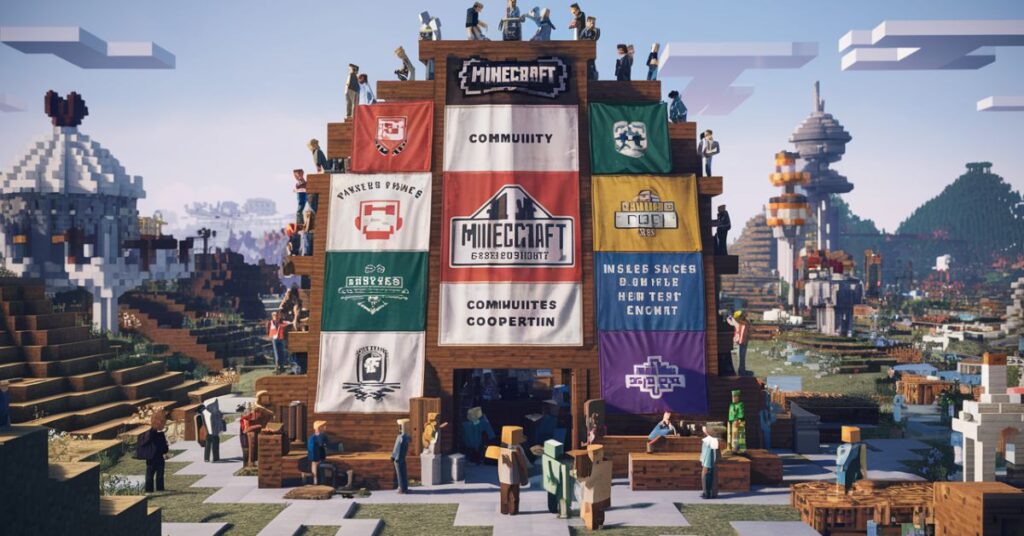
Minecraft banners serve as powerful tools for community building, allowing players to visually express their affiliations, achievements, and identities within the game world. These customizable banners can be used to mark territories, designate team colors, or represent fractions on multiplayer servers.
By prominently displaying banners, players can establish a sense of belonging and unity among community members, fostering cooperation and camaraderie.Beyond their practical uses, banners also facilitate storytelling and narrative building within Minecraft communities.
Players often create banners that reflect their in-game achievements or historical events, effectively preserving and sharing their unique experiences with others. This form of visual storytelling adds depth and richness to the game world, enhancing the overall immersion and engagement for all participants.
Tips for Designing Effective Game Icons
Designing effective game icons requires attention to detail and a deep understanding of visual communication within the game environment.
Embrace the Game’s Visual Style
Ensure that your icons fit seamlessly into Minecraft’s pixelated aesthetic, using clear and recognizable shapes and colors that align with the game’s overall design language.
Focus on Recognizability
Icons should be instantly identifiable at a glance, even when viewed at smaller scales. Use distinct shapes and contrasting colors to enhance visibility and clarity.
Consider Functionality
Icons should not only look appealing but also serve a functional purpose, clearly conveying the intended action or meaning to players without the need for additional explanation.;
Maintain Consistency
Ensure that all icons within a specific category (blocks, items, entities) adhere to a consistent visual style and design principles. Consistency enhances usability and helps players navigate the game interface more intuitively.
Comparing Icons and Banners
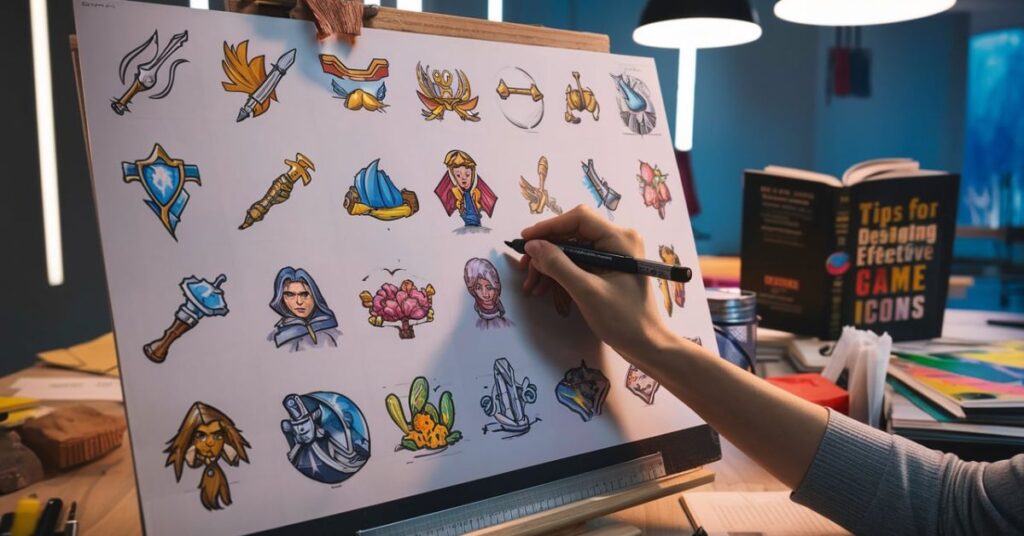
| Aspect | Game Icons | Banners |
| Purpose | Functional visual representations | Creative personal expression |
| Creation | Designed by development team | Crafted and customized by players |
| Standardization | Consistent visual style | Highly customizable |
| Role in Gameplay | Streamline navigation and interaction | Mark territories, represent factions, tell stories |
Final Words
Minecraft game icons and banners play vital roles in the game’s design, gameplay dynamics, and community interaction. The clarity and intuitiveness of game icons streamline gameplay, making it accessible and enjoyable for players of all ages and skill levels.
Icons representing blocks, items, entities, and interface elements help players navigate the game world effortlessly, enhancing their immersion in the Minecraft universe. Customizable banners offer players a creative outlet to personalize their in-game presence and express their unique identities.
Beyond mere decoration, banners serve practical purposes such as marking territories, signaling allegiances, and narrating stories within player communities. This flexibility fosters creativity and fosters a sense of ownership among players, encouraging them to craft intricate designs that reflect their achievements and aspirations.
Frequently Asked Questions
What are Minecraft icons used for?
Minecraft icons are visual representations of in-game elements, helping players navigate and interact with the game world efficiently.’
How can I design my own Minecraft icon?
Players can create custom icons using pixel art techniques or third-party tools, though distribution may have legal implications.
Are there legal concerns with using custom banners in Minecraft?
Creating and using custom banners for personal use is fine, but distributing or monetizing them requires adhering to Minecraft’s terms of service and intellectual property laws.
How do banners affect gameplay in Minecraft??
Banners mark structures, represent factions, convey narratives, and enhance community interaction.
Where can I find community-created designs for Minecraft banners?
Websites like Planet Minecraft feature galleries of user-submitted banner designs for inspiration and sharing.

